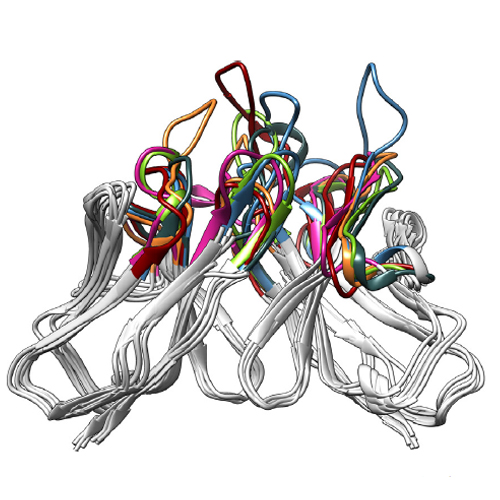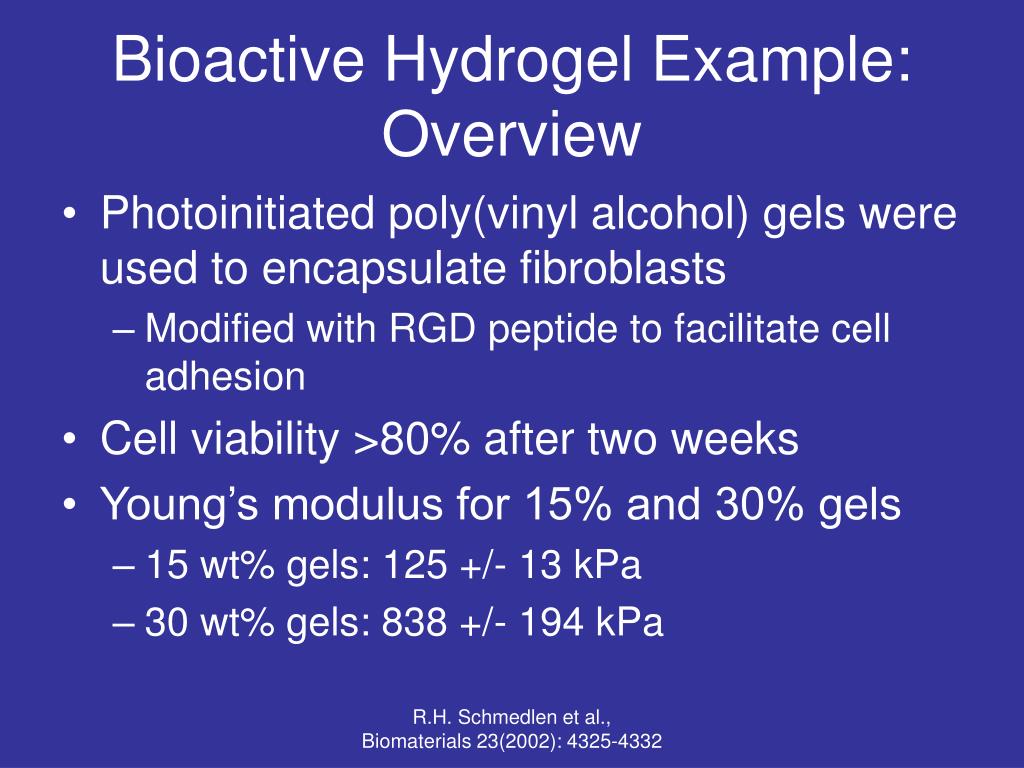

Another concept in protein-based scaffolding uses protein adaptor domains and peptide ligands for bringing enzymes in spatial proximity, the focus of this review. A brief overview over all these scaffolding strategies is provided as supplementary information. Non-covalent protein–protein interactions via the mutual recognition of folded domains or coiled-coil pairs as well as amyloid assemblies can be used to construct scaffolds with defined stoichiometry.

This last scaffolding principle can be divided further into several approaches: fusion proteins are constructed by linking two or more enzymes into a single protein sequence. Multifunctional enzyme systems that mimic natural systems can be artificially constructed via at least four general strategies: (I) colocalization or immobilization of enzymes has been the first approach to be of practical use (II) compartmentalization generates an enclosed reaction area that can be defined similar to biological systems (e.g., in cell organelles) (III) DNA/RNA building blocks can be utilized for spatial organization of reactive centers and (IV) protein scaffolding presents a versatile approach in synthetic biology. In nature, many organisms have developed multifunctional enzyme systems with a pivotal role in both primary metabolism and secondary metabolism. Such scaffolds define the spatial organization of enzymes and allow substrate channeling like in natural systems, which has several advantages: it rescues the intermediates from diffusion or competing pathways, decreases their transit times, and avoids unfavorable equilibria and kinetics from metabolite concentrations in the bulk phase ( Miles et al., 1999 Spivey and Ovadi, 1999). In this concept, modular building blocks are used for the creation of large custom scaffold systems.

Following evolution, such artificial bioreactors implement proximity mostly via modular scaffolds ( Carroll, 2005 Bhattacharyya et al., 2006). The rational design in synthetic biology is frequently inspired by the spatial proximity of enzymes observed in nature ( Conrado et al., 2008 Luo et al., 2013). Milestone achievements of this relatively young area include the microbial production of artemisinic acid, a key precursor of the antimalarial drug artemisinin ( Martin et al., 2003 Ro et al., 2006), the industrial production of 1,3-propanediol, used in a multitude of further applications ( Nakamura and Whited, 2003), and the reconstruction of a complete microbial genome ( Gibson et al., 2010). Synthetic biology is inspired by the natural archetype and tries to mimic and optimize biological processes for tailor-made applications ( Luo et al., 2013). Nature has developed highly efficient ways for signal and substrate processing in living cells. A recent extension of this concept is the creation of a covalent linkage between peptide motifs and adaptor domains, which leads to a more stable association of the scaffolded systems and thus bears the potential to further enhance metabolic productivity. Increased production levels of up to 77-fold have been observed compared to non-scaffolded systems. The approach has been successfully applied to the synthesis of a variety of target molecules including catechin, D-glucaric acid, H 2, hydrochinone, resveratrol, butyrate, gamma-aminobutyric acid, and mevalonate. SH2, SH3, GBD, and PDZ domains have been used most often in research studies to date. A recent advancement of this concept is the use of peptide motifs and their cognate adaptor domains. This concept has been adapted within the synthetic biology community for the purpose of creating artificial scaffolds. Consequently, a spatial colocalization of functionally interacting proteins has frequently emerged during evolution.

The efficiency of many cellular processes relies on the defined interaction among different proteins within the same metabolic or signaling pathway. Bioinformatik, Institut für Biochemie, Friedrich-Alexander-Universität Erlangen-Nürnberg, Erlangen, Germany.


 0 kommentar(er)
0 kommentar(er)
